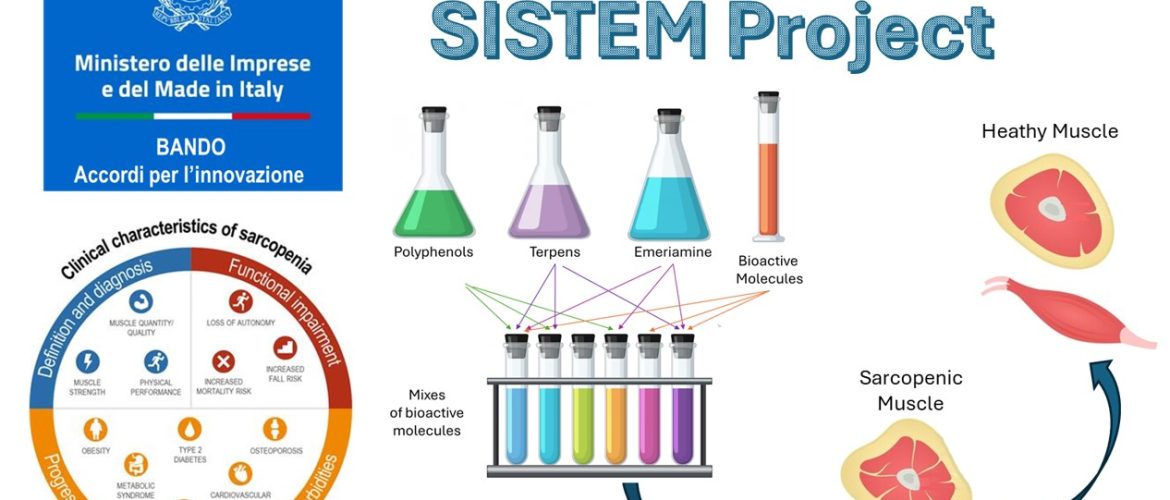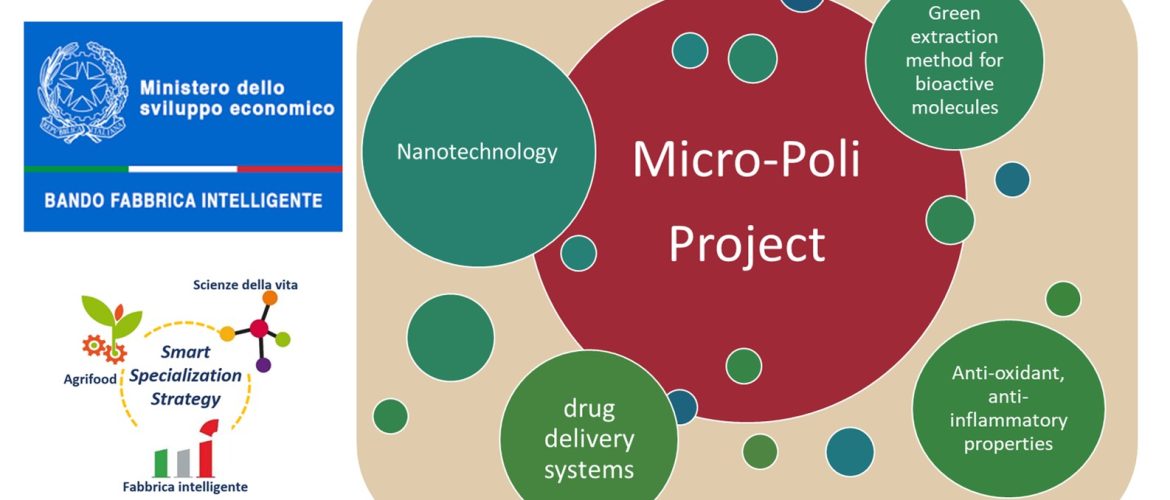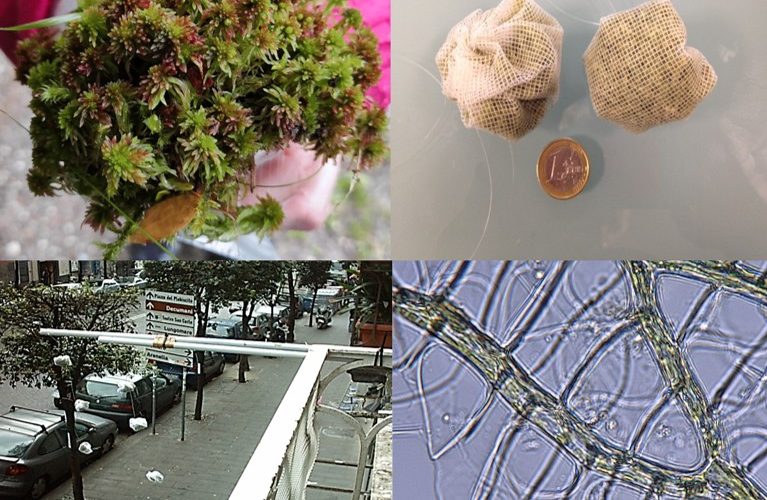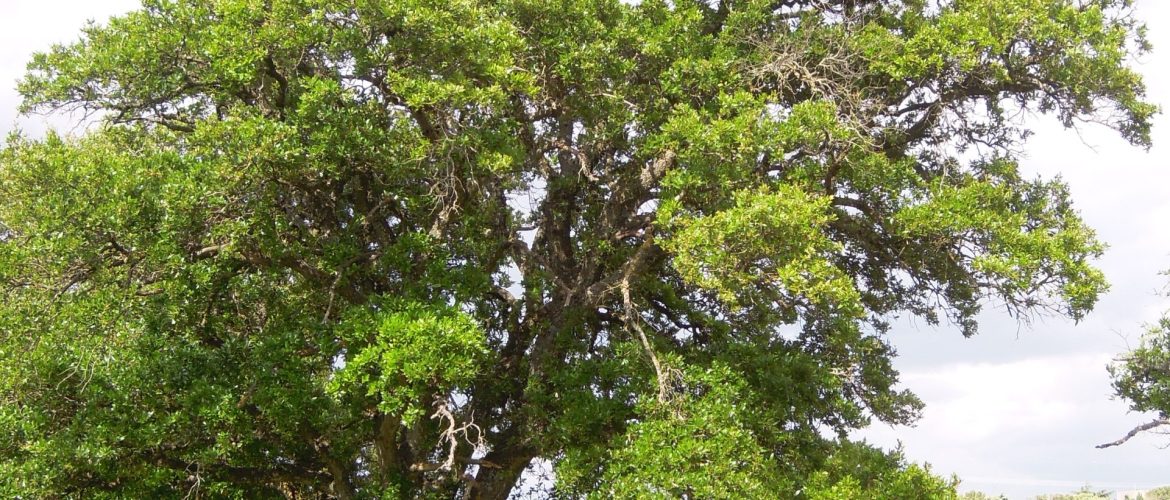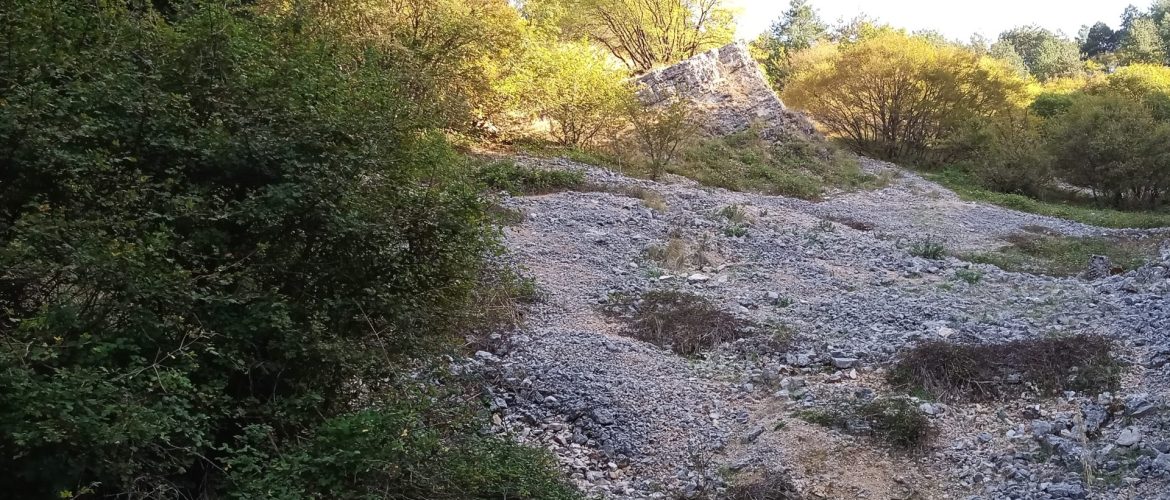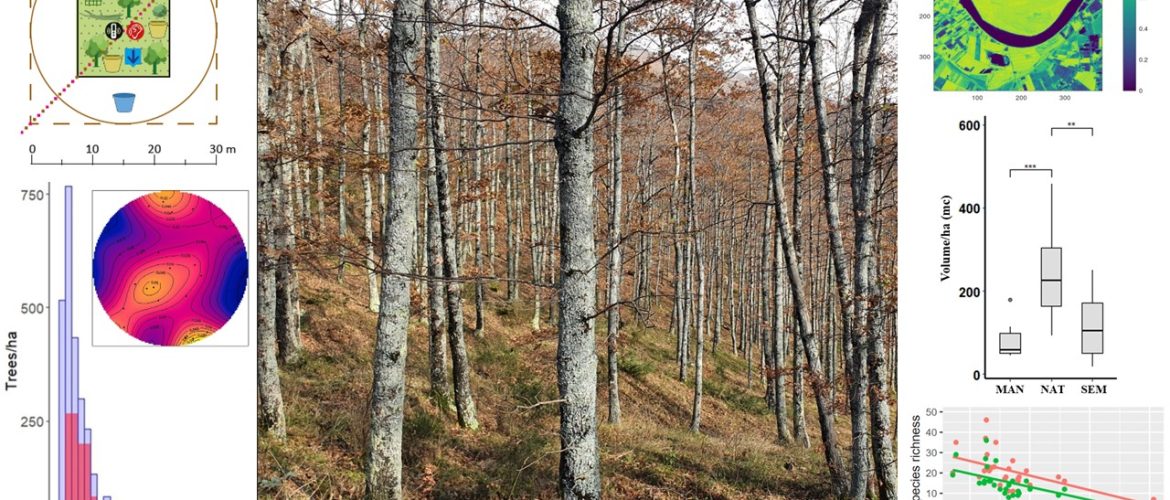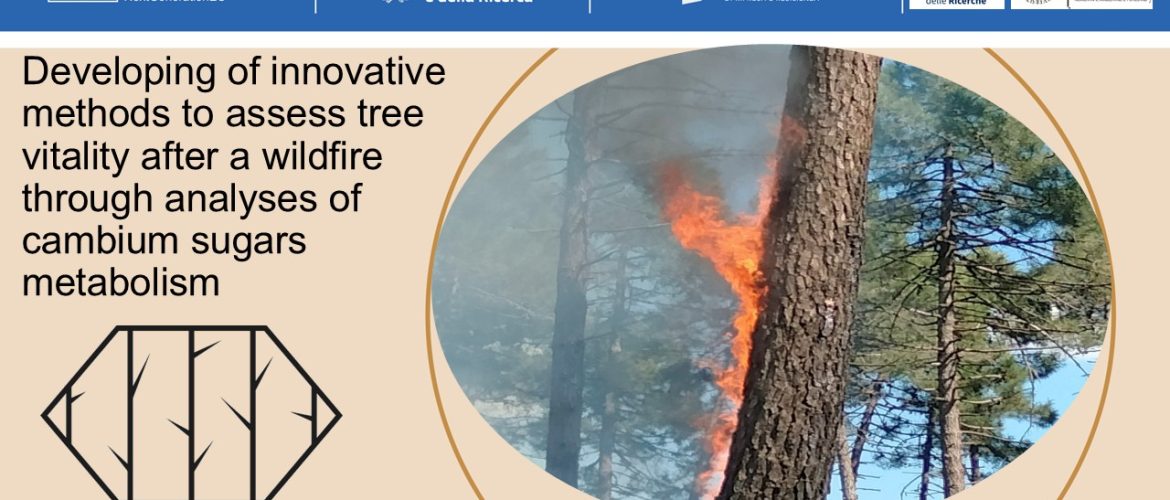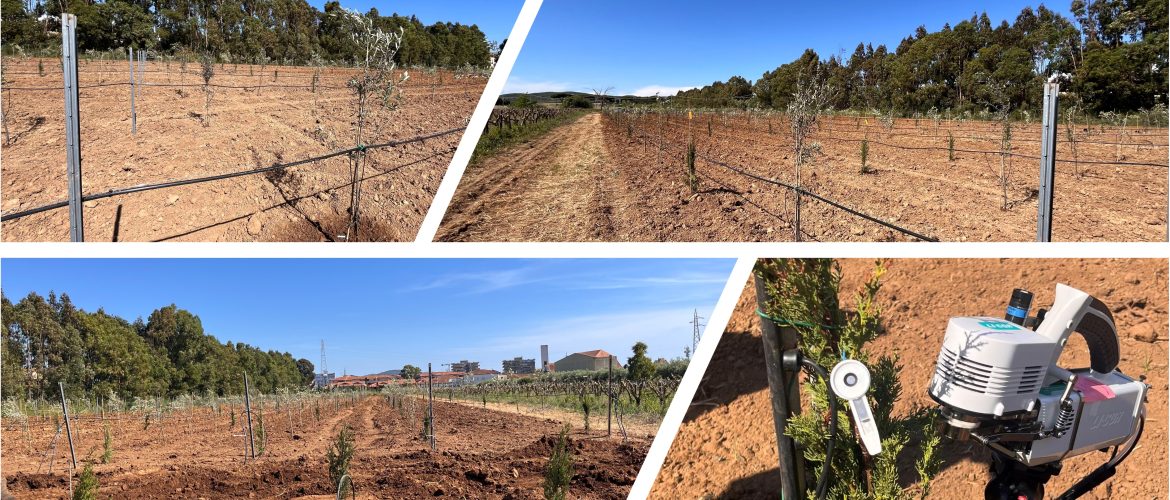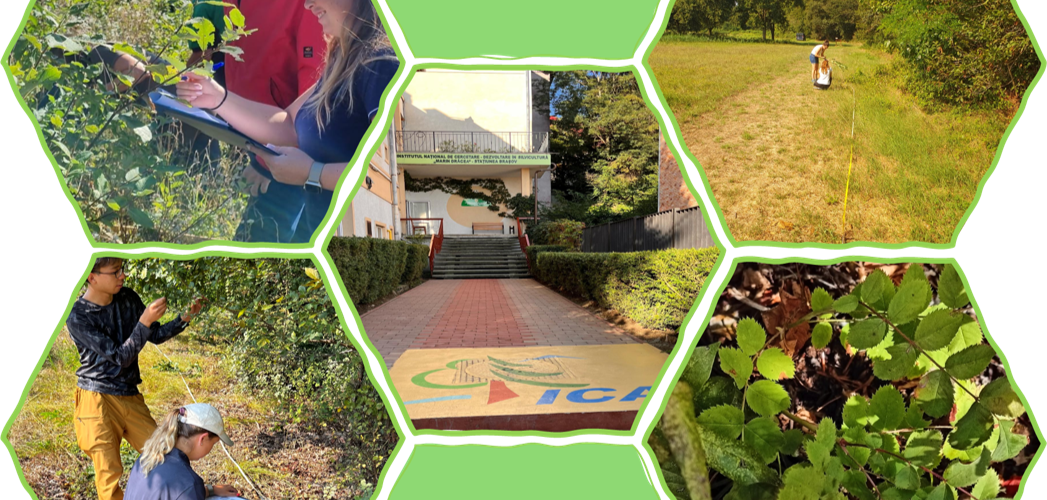The SISTEM project – Sarcopenic syndrome with multimorbidity: prevention and management of chronic disease with synergistically acting bioactive molecules of natural origin – funded by MiSE, aims to develop a mixture of natural-derived bioactive molecules with synergistic activity in counteracting the effects of sarcopenic muscle decay even in the presence of comorbidities. Sarcopenia is now recognized as a multifactorial disease, linked to the interaction of multiple mechanisms, including muscle pathophysiological changes related to the aging process, lifestyle, exposure to anthropogenic pollutants,
The MICROPOLI project “Micro-nanodispositivi veicolanti polifenoli isolati da scarti della filiera olivicola come nuovi integratori alimentari”, funded by MiSE, by using nanotechnology, aims to develop and industrialize micro-nanostructured systems capable of increasing the bioavailability of bioactive molecules (such as polyphenols) extracted from agro-industrial waste (e.g., waste produced during the final stages of extra virgin olive oil – EVOO – production). In recent years, many efforts have been made, with limited success, to develop formulations containing bioactive molecules characterized by high physical
Topic 1 – Biomonitoring: plants, particularly mosses, are considered as bioindicators and bioaccumulators of biological compounds and pollutants, characterized both qualitatively (e.g., electron microscopy) and quantitatively (e.g., mass spectrometry). Among the methods, mosses can be used as transplants in “moss bags” to be exposed at monitoring sites. Topic 2 – Bioadsorption: the chemical-physical properties of moss surfaces are studied through in vitro experiments, analysis of surface functional groups, and chemical-physical determination of the surface area, aiming to study plant-pollutant
Spoke 4 – Ecosystem functions, services and solutions. Task 4.3 – Genetic-molecular and modeling approaches for the development of application tools for the conservation of ecosystems of special value. Subtask 4.3.1 – Genetic-molecular approaches. In accordance with the aims of NBFC we (1) estimate the neutral and adaptive variability of forest tree species in the Mediterranean environment, highlight any critical issues (e.g. fragmentation, erosion of gene pool, inbreeding); (2) provide new tools for the medium and long-term management and conservation of endemic species
Sicilian woods, despite representing less than 10% of the regional territory, host one of the richest dendrofloras in Italy and include numerous species of great biogeographical, natural and economic interest. Often the species are at the southern limit of the range, adapted to different climatic conditions, and therefore with a potential importance for reforestation and conservation in an increasingly alarming scenario of global warming. We study the intra- and inter-population diversity of different woody species. We sampled Acer platanoides, very rare in
The loss of biodiversity in forest ecosystems is a pivotal issue within the framework of ecosystem adaptation to global changes. The causes are to be found from land-use changes and alterations in biogeochemical balances to biological invasions and extreme climatic events. Unsustainable forest management also leads to excessive simplification of structure and composition. The project aims to investigate the relationship between forest structure and functionality through multi-spatial and multi-temporal analysis and to link it with multi-taxonomic biodiversity (with a particular focus
DIVAS – Developing of Innovative Methods to Assess Tree Vitality After a Wildfire Through Analyses of Cambium Sugars Metabolism The DIVAS project arose from the need to rapidly define the physiological state of plants
INNO4CFIS – Nature-Based Business Model and Emerging Innovations to enhance Carbon Farming Initiatives (CFIs) while preserving Biodiversity, Water Security and Soil Health The project has two main objectives: 1) to promote reforestation practices (agroforestry) to increase CO2 storage, making more efficient and sustainable use of desalinated water, dryland and soil restoration and promotion of biodiversity, 2) finance highly innovative technologies promoted by small/medium-sized enterprises located in EU countries, in the framework of carbon credit trading. In order to achieve the set objectives, a
TROZGRODIV3 – Tropospheric ozone effects on forest growth and diversity The project continues the activities of previous bilateral projects (TROZGRODIV1&2 ), focusing on the effects of ozone (O₃) on forest growth and diversity. The project aims to refine and optimise the monitoring networks in Italy and Romania to assess the stomatal uptake of O₃ and the occurrence of visible damage, ensuring compliance with the European directives on emissions. It is proposed to evaluate the effectiveness of TreeTalker devices in measuring canopy-level
The 4ClimAir project – Monitoring Italian Forest Vulnerability to Climate Change and Air Pollution of Ozone – aims to analyse and understand in depth the impacts of tropospheric ozone (O₃) and drought on the CO₂ absorption capacity of our forests, the true pillars of Italy’s natural capital, by combining field monitoring and model simulation for a set of forest sites in an innovative way. O₃ is an important greenhouse gas and a fearsome phytotoxic air pollutant for European forests,


